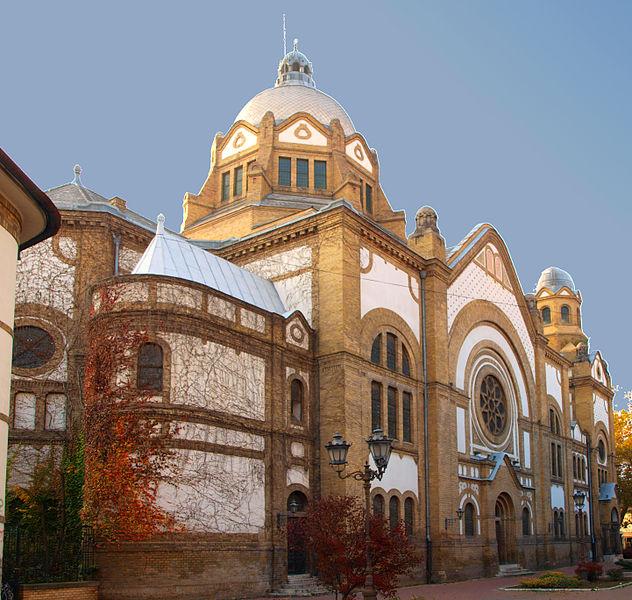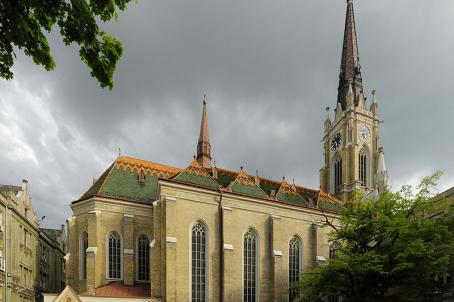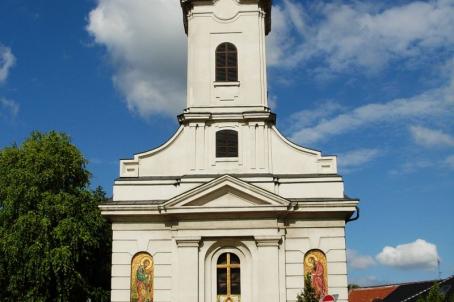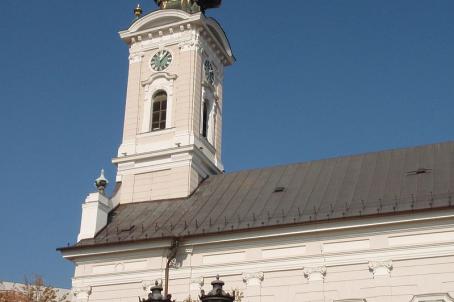Novi Sad Synagogue
The Novi Sad Synagogue was built between 1905 and 1909 by the famous Hungarian architect Lipót Baumhorn. The synagogue is a monumental building characteristic of the Hungarian Secession style, which combines Art Nouveau elements with Eclectism. The interior of the synagogue is organised according to the traditional structure of the "liberal synagogues" of the second half of the 19th century. In the entrance of the synagogue, one can read the inscription "My house shall be called a house of prayer for all peoples" (Isaiah, chapter 56, verse 7).
About this building
N/A






